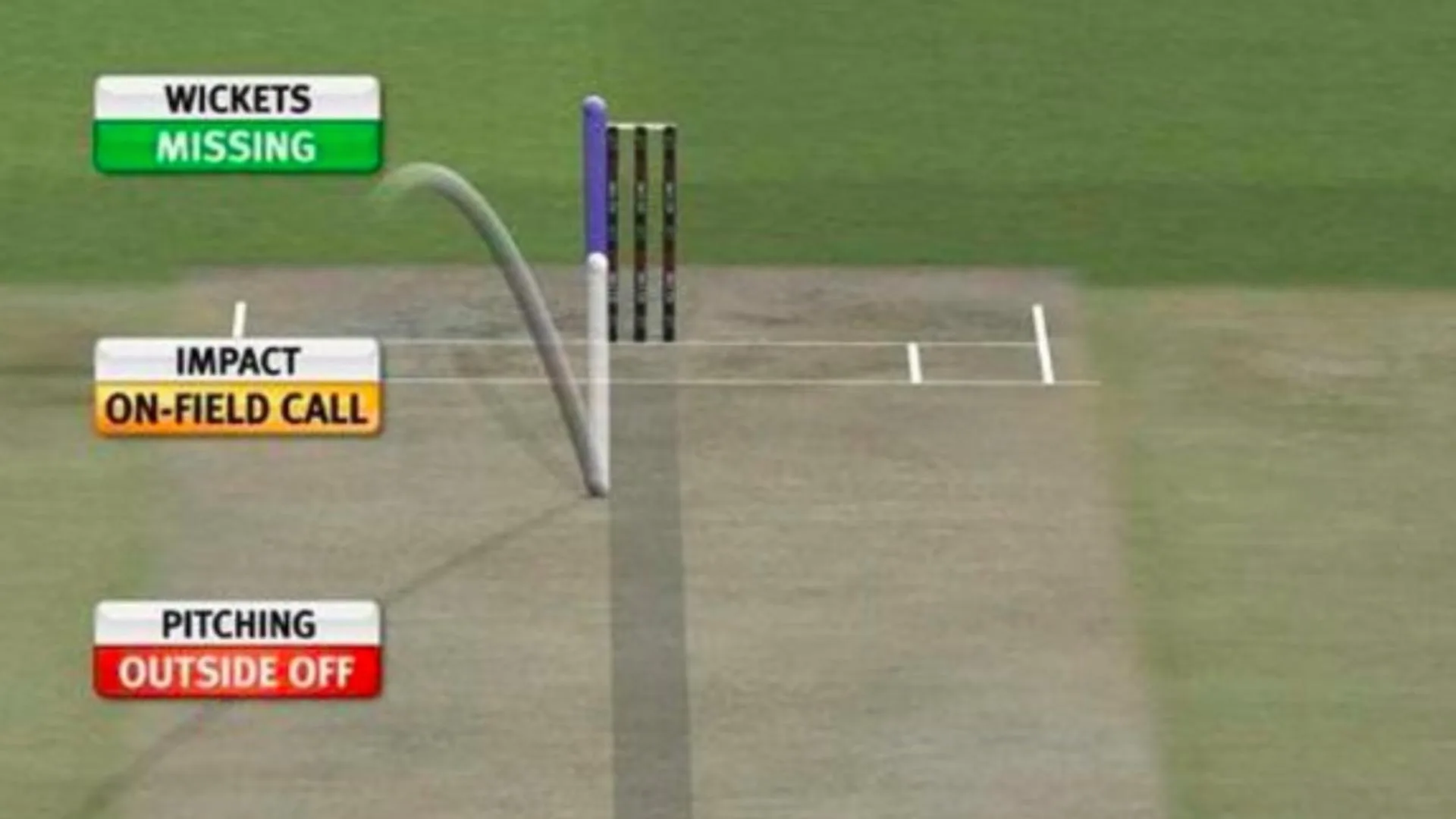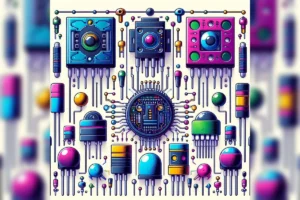Introduction:
Cricket, a sport loved by millions worldwide, has seen a remarkable transformation over the years, thanks to advancements in technology. At the heart of these innovations are semiconductors, which play a crucial role in enhancing the accuracy, fairness, and excitement of the game. This article explores how semiconductors power various modern cricket technologies such as Hawk-Eye, Snickometer/UltraEdge, LED bails and stumps, and smart balls.
Follow us on Twitter here
Understanding Semiconductors: The Basics
Before diving into their application in cricket, it’s essential to understand what semiconductors are. Semiconductors are materials that have properties between conductors (which allow electricity to flow freely) and insulators (which do not allow electricity to flow). Silicon is the most commonly used semiconductor material. By adding impurities, a process known as doping, semiconductors can be finely tuned to control electrical current.
1. Hawk-Eye: Precision in Ball Tracking
One of the most iconic uses of semiconductor technology in cricket is the Hawk-Eye system. This technology tracks the trajectory of the ball, providing critical information for umpires and viewers.
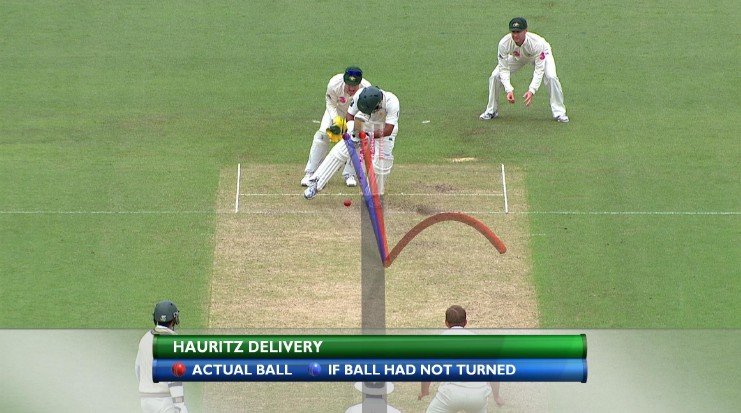
How It Works:
Hawk-Eye uses multiple high-speed cameras positioned around the stadium. The cameras capture the ball’s movement, and their sensors, made of semiconductor materials, convert light into electrical signals. These signals are processed in real-time to map the ball’s path accurately.
Hawk-Eye technology uses several high-speed cameras placed around the stadium to track the ball.
Here’s a step-by-step breakdown in simpler terms:
- Capturing the Ball’s Movement: When the ball is moving, a lot of cameras are taking lots of pictures of it. They are so fast that they can capture every tiny movement the ball makes.
- Sensors in the Cameras: Inside each camera, there are tiny parts called sensors. These sensors are made from materials that can change light into electrical signals. Think of it like the sensor is turning the light that comes from the ball into a kind of digital code.
- Turning Light into Signals: When the camera sees the ball, the light that bounces off the ball hits the sensor. The sensor then changes this light into electrical signals. These signals are like information that tells the camera exactly where the ball is and how it is moving.
- Processing the Signals: The electrical signals from all the cameras are sent to a computer. This computer is very powerful and can handle a lot of information at once. It takes the signals and processes them very quickly.
- Mapping the Ball’s Path: The computer uses the information from all the cameras to create a very accurate map of the ball’s path. It knows exactly where the ball is at every moment.
- Real-Time Tracking: All of this happens almost instantly, so the ball’s movement can be tracked in real-time. This means that as you are watching the game, the computer already knows where the ball is and can show it to you with great accuracy.
In summary, Hawk-Eye uses many fast cameras to take pictures of the ball, sensors in the cameras to turn these pictures into electrical signals, and a computer to process these signals quickly to know exactly where the ball is at all times.
How does mapping happen?
Mapping the ball’s path involves combining information from multiple cameras to create a precise trajectory. Here’s how it works:
- Multiple Perspectives: Each camera sees the ball from a different angle. Imagine the cameras are like multiple pairs of eyes placed around the stadium, all watching the ball from different spots.
- Triangulation: The computer uses a process called triangulation to figure out the ball’s exact position. This means it looks at where the ball is in each camera’s view and uses geometry to pinpoint its location in 3D space.
- Coordinate Calculation: Each camera provides coordinates (like x, y, z points) showing where the ball is in its view. The computer combines these coordinates from all the cameras to get a precise location of the ball.
- Frame-by-Frame Tracking: As the cameras are taking pictures very quickly, the computer gets a series of coordinates for each tiny moment in time. These coordinates form a continuous path showing the ball’s movement from one point to the next.
- Data Synchronization: The computer synchronizes the data from all cameras to make sure it’s looking at the same moment in time from each camera’s perspective. This ensures accuracy in the mapping.
- Mathematical Models: Advanced mathematical models and algorithms help the computer understand and predict the ball’s path based on the coordinates. These models consider factors like speed, direction, and spin.
- Real-Time Updates: The computer updates the ball’s path in real-time by continuously processing new data from the cameras. This means it’s always showing the most current position of the ball as the game goes on.
In simple terms, the computer looks at the ball from different angles using multiple cameras, uses geometry to figure out exactly where the ball is, and then tracks its movement very quickly to create a precise map of its path.
Role of Semiconductors:
Semiconductors in camera sensors are essential for capturing high-resolution images quickly. They convert light into electrical signals with great precision, allowing the system to track the ball’s speed, spin, and direction. Semiconductor chips with rapid processing capabilities calculate and display the trajectory in real-time, aiding umpires in making informed decisions on LBW (leg before wicket) appeals and other critical aspects of the game.
Read More: 25 Essential VLSI Topics for Freshers to Secure Jobs in the Industry – techovedas
2. Snickometer/UltraEdge: Detecting the Faintest Edges
Another groundbreaking technology in cricket is the Snickometer, also known as UltraEdge. This system detects the faint edges of the bat hitting the ball, which can be pivotal in deciding whether a batsman is out caught behind.
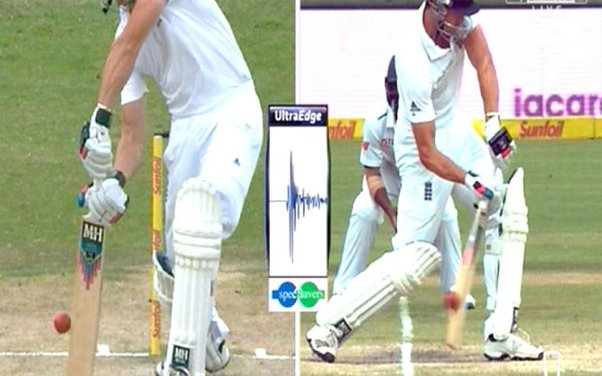
How It Works:
The Snickometer uses highly sensitive microphones and vibration sensors to pick up sounds and vibrations generated when the ball grazes the bat. These sensors, embedded with semiconductor materials, convert the detected vibrations into electrical signals. The signals are then analyzed to determine whether there was any contact.
The Snickometer, or “Snicko,” helps determine if the ball has touched the bat by using sensitive microphones and vibration sensors.
Here’s a simpler breakdown of how it works:
- Sensitive Microphones: Imagine there are very sensitive microphones placed around the playing area. These microphones can pick up even the tiniest sounds, like a whisper.
- Vibration Sensors: Along with microphones, there are special sensors that can detect vibrations. Vibrations are tiny movements that happen when two things touch or hit each other, like when the ball hits the bat.
- Converting Vibrations into Signals: These microphones and vibration sensors are made with special materials called semiconductors. When they pick up a sound or vibration, they turn it into an electrical signal. Think of it like the sensors changing the sound or vibration into a digital message.
- Detecting Contact: When the ball touches the bat, it makes a small sound and creates a tiny vibration. The microphones and vibration sensors detect this sound and vibration.
- Creating Electrical Signals: The sensors convert the detected sound and vibration into electrical signals, which convey coded information to the computer about what was detected.
- Analyzing the Signals: The computer receives these electrical signals and analyzes them. It looks at the patterns in the signals to figure out if they match the sound and vibration of the ball touching the bat.
In summary, the Snickometer uses very sensitive microphones and vibration sensors to detect the sound and vibrations when the ball touches the bat. These sensors turn the sounds and vibrations into electrical signals, which the computer then analyzes to decide if there was any contact.
Role of Semiconductors:
The microphones and vibration sensors rely on semiconductors to detect minute changes in sound and movement. Semiconductors enhance the sensitivity and accuracy of these sensors, ensuring even the faintest edges are captured. This technology aids in making fair decisions, especially in contentious situations where the human eye and ear might miss subtle cues.
GlobalFoundries Acquires Tagore Technology’s GaN IP Portfolio | by techovedas | Jul, 2024 | Medium
3. LED Bails and Stumps: Instant Impact Detection
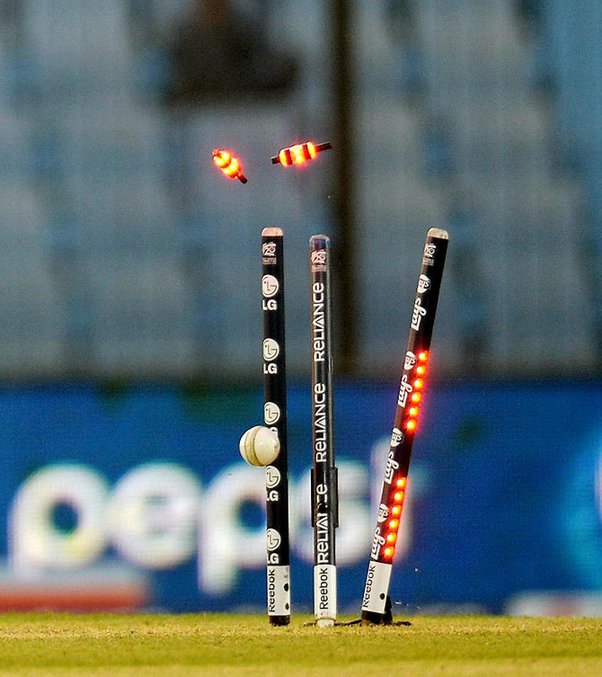
LED bails and stumps have become a standard feature in modern cricket, adding a visual element to the game that enhances decision-making and entertainment.
How It Works:
These stumps and bails contain impact sensors made from semiconductor materials. When the ball hits the stumps or the bails are dislodged, the sensors detect the impact and send an electrical signal that triggers the LEDs to light up instantly.
Let’s break down how the stumps and bails with impact sensors work in simpler terms:
- Special Stumps and Bails: The stumps (the vertical sticks) and bails (the small sticks on top of the stumps) used in cricket have special sensors inside them.
- Impact Sensors: These sensors are designed to detect when something hits the stumps or when the bails are knocked off. They are made from semiconductor materials, which means they can turn physical actions, like a hit, into electrical signals.
- Detecting the Impact: When the ball hits the stumps or when the bails are dislodged, the sensors feel this impact. Think of it like the sensors feeling a little bump when the ball or bails hit them.
- Creating Electrical Signals: When the sensors detect an impact, they turn this physical action into an electrical signal. This signal is like a digital message saying, “I felt a hit!”
- Sending the Signal: The electrical signal travels quickly from the sensor to the LED lights on the stumps and bails.
- Triggering the LEDs: The moment the LEDs receive the signal, they light up instantly. The lights turning on is a clear and immediate indication that the ball has hit the stumps or the bails have been dislodged.
In summary, the stumps and bails have special sensors inside them that can feel when they are hit. These sensors turn the hit into an electrical signal, which then triggers the LED lights to turn on right away, showing everyone that there was an impact.
Role of Semiconductors:
Semiconductors enable the creation of highly sensitive impact sensors that respond immediately to physical contact. The fast reaction time of semiconductor circuits ensures that the LEDs light up without delay, providing umpires and viewers with clear, immediate confirmation of a dismissal.
The Broader Impact of Semiconductors on Cricket
The integration of semiconductor technology into cricket extends beyond these specific applications. Here are a few more ways semiconductors are transforming the sport:
- Wearable Technology: Players use wearable devices embedded with semiconductors to monitor their fitness and performance. These devices track heart rate, movement, and other vital metrics, helping players optimize their training and recovery.
- Fan Experience: Semiconductor-based technologies, such as augmented reality (AR) and virtual reality (VR), enhance the viewing experience for fans. These technologies offer immersive experiences, bringing fans closer to the action.
- Broadcasting: High-definition (HD) and ultra-high-definition (UHD) broadcasting rely on semiconductor technology to deliver crystal-clear visuals and smooth streaming. Semiconductor chips in cameras and broadcasting equipment process large amounts of data quickly, ensuring viewers don’t miss any detail.
- Umpire Decision Review System (DRS): Semiconductors enable the fast processing of multiple data streams, including ball tracking, Snickometer, and thermal imaging, to assist umpires in making accurate decisions.
Future Prospects: What Lies Ahead?
As semiconductor technology continues to advance, its impact on cricket is likely to grow. Future innovations might include:
- Enhanced Real-Time Analytics: More sophisticated semiconductor-based sensors and processors could provide even more detailed and instant analytics during the game, offering deeper insights into player performance and strategy.
- Improved Player Safety: Wearable devices with advanced semiconductor technology could better monitor player health in real-time, potentially preventing injuries by alerting players and coaches to signs of fatigue or stress.
- Advanced Fan Engagement: With the help of semiconductors, virtual reality experiences could become more immersive, allowing fans to experience the game from the perspective of players or umpires.
Conclusion: A Game Transformed by Technology
The role of semiconductors in cricket technology is profound. From tracking ball trajectories to detecting faint edges and enhancing the viewer experience, semiconductors are at the core of these innovationsAs technology evolves, semiconductors are increasingly shaping cricket, promising greater precision, fairness, and excitement in the sport. The seamless integration of semiconductor technology in cricket not only improves the game for players and officials but also creates a richer, more engaging experience for fans around the world.

